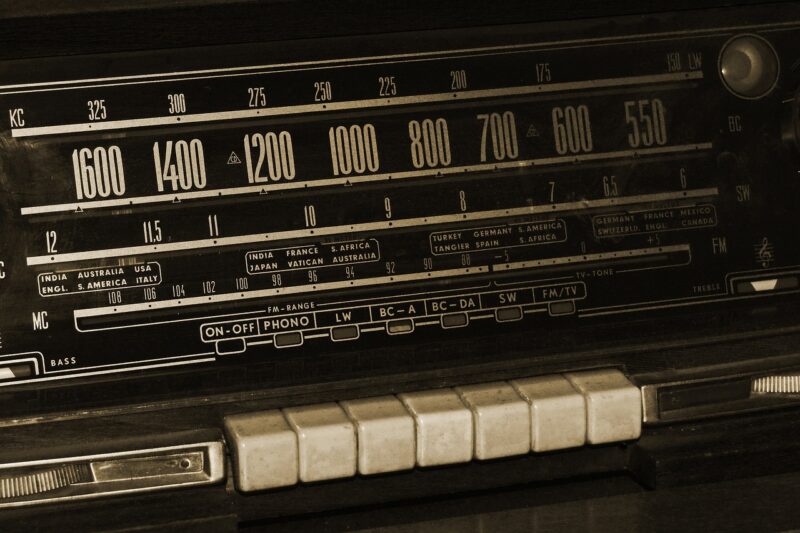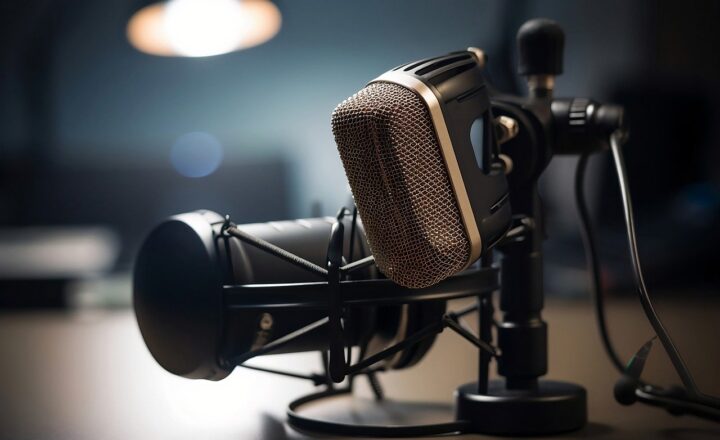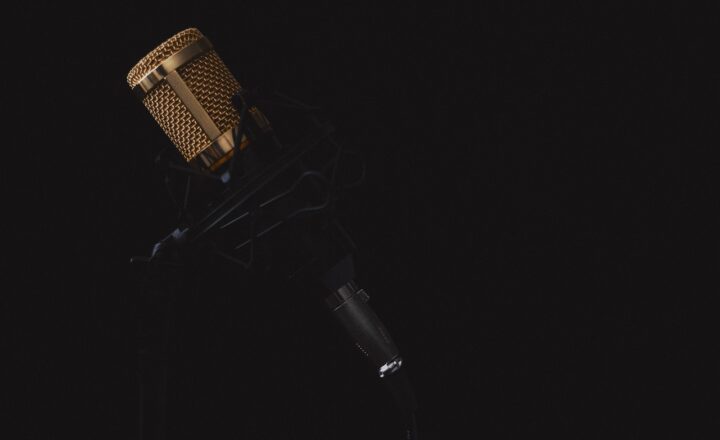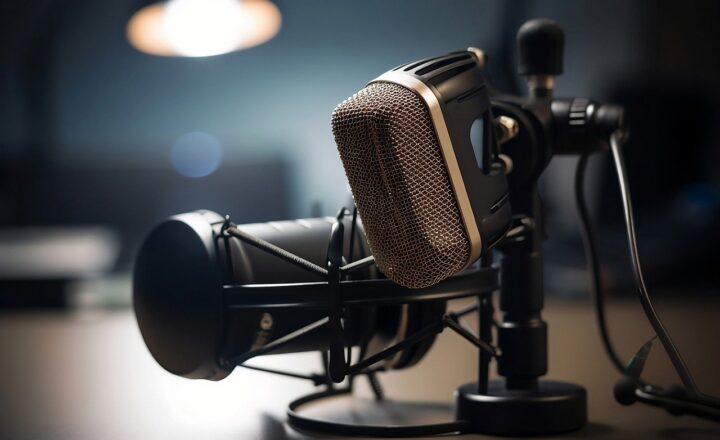The History of Radio: From Early Transmissions to Modern Podcasts
November 15, 2024

The history of radio is a fascinating journey that intertwines technological innovation, creativity, and the evolution of communication. From its humble beginnings as a means of transmitting voice over long distances to the diverse panorama of modern podcasts, radio has transformed our world in profound ways.
1. The Birth of Radio: A New Era of Communication
Radio’s inception can be traced back to the late 19th century, a pivotal time when scientists were making groundbreaking discoveries in electromagnetism. One of the earliest figures in radio’s history was Heinrich Hertz, who first reported the existence of electromagnetic waves in 1887. Hertz’s experiments paved the way for further research, eventually leading to the development of wireless communication.
The practical application of radio technology began with the work of Guglielmo Marconi, an Italian inventor credited with the first successful demonstration of wireless telegraphy in 1895. Marconi’s system enabled the transmission of Morse code over long distances. In 1901, he famously sent the first transatlantic radio signal from Cornwall, England, to Newfoundland, Canada, marking a significant milestone in communication technology.
2. The Rise of Voice Transmission
As technology advanced, the capability to transmit voice became a central goal for many inventors. In 1906, Reginald Fessenden made history by broadcasting the first audio transmission of voice and music over radio waves — a feat that heralded the dawn of entertainment broadcasting. Fessenden’s Christmas Eve broadcast featured him playing a violin, making it a landmark moment in radio history.
The concept of broadcasting was taking shape; the first commercial radio station, KDKA in Pittsburgh, began broadcasting in 1920. It featured news, entertainment, and music, paving the way for future stations around the world. By the 1920s, radio’s popularity exploded as households started acquiring radios, transforming the medium into an essential part of everyday life.
3. Golden Age of Radio
The 1930s and 1940s are often referred to as the Golden Age of Radio. During this period, radio became a dominant form of entertainment and news dissemination, rivaled only by cinema. This era saw the rise of radio dramas, comedy shows, and live musical performances, originating from professional studios. Programs like “The Shadow” and “Amos ‘n’ Andy” captivated audiences, and influential figures such as Orson Welles gained fame for their work on this emerging medium.
Furthermore, during World War II, radio played a crucial role in keeping the public informed, acting as a critical source for news about the war. Radio broadcasts helped build morale and disseminate information quickly and efficiently across nations.
4. Transition to Television and the Era of FM Radio
With the advent of television in the late 1940s and 1950s, radio faced newfound competition. However, this challenge spurred innovation within the industry. FM (Frequency Modulation) radio began to gain traction as a clearer alternative to AM (Amplitude Modulation) broadcasting, enabling higher fidelity sound and creating opportunities for new formats such as music-oriented stations.
FM stations flourished, playing genres like rock ‘n’ roll, which captured the spirit of a generation. Simultaneously, technological advancements continued to enhance radio’s capabilities, with portable radios allowing listeners to enjoy their favorite programs on the go.
5. The Digital Revolution and Emergence of Podcasts
The late 20th century brought about significant changes in radio technology, culminating in the digital revolution. The introduction of satellite radio offered listeners a vast array of channels and content without the limitations of terrestrial broadcasts. Additionally, the internet began to reshape how people consumed audio content.
In the early 2000s, podcasts emerged as a revolutionary format. With the advent of podcasting, anyone could create and distribute their audio content to a global audience. Platforms such as Apple Podcasts and Spotify have facilitated this growth, allowing diverse voices and ideas to reach an audience willing to engage with a broad spectrum of topics.
Today, podcasts cover everything from politics to storytelling, personal development to educational content. They have democratized audio media, making it accessible to anyone with a microphone and an idea, creating an ever-expanding universe of audio content that continues to grow daily.
6. The Future of Radio
As we look to the future of radio, the medium continues to evolve, adapting to new technologies and the changing needs of audiences. Traditional radio is integrating more closely with digital platforms, and many radio stations now also produce podcasts, blending live broadcasting with on-demand listening experiences. The rise of streaming services has led to the creation of personalized audio experiences, allowing listeners to enjoy curated content based on their preferences.
Ultimately, radio as a medium is entering a new chapter where innovation meets the timeless joy of storytelling and information sharing. From the crackling noises of early transmissions to high-definition streaming and podcasts, the legacy of radio is one of resilience and adaptability.
Conclusion
The story of radio encapsulates not just technological advancement, but also the human desire for connection and communication. As we navigate an increasingly digital landscape, the essence of radio — the ability to share stories and ideas through sound — remains a powerful force. With its rich history and promising future, radio continues to be a versatile and relevant medium in our daily lives.
Whether you’re tuning into your favorite podcast or catching the latest news on the radio, the legacy of this remarkable medium will undoubtedly influence communication for generations to come.







